Insta360 X5 vs Insta360 X4 – the best is now better, sure, but is it worth the upgrade?
The new Insta360 X5 is the new king of compact 360-degree cameras, but is it worth the upgrade from the X4 (or even the X3)? I've used them all...
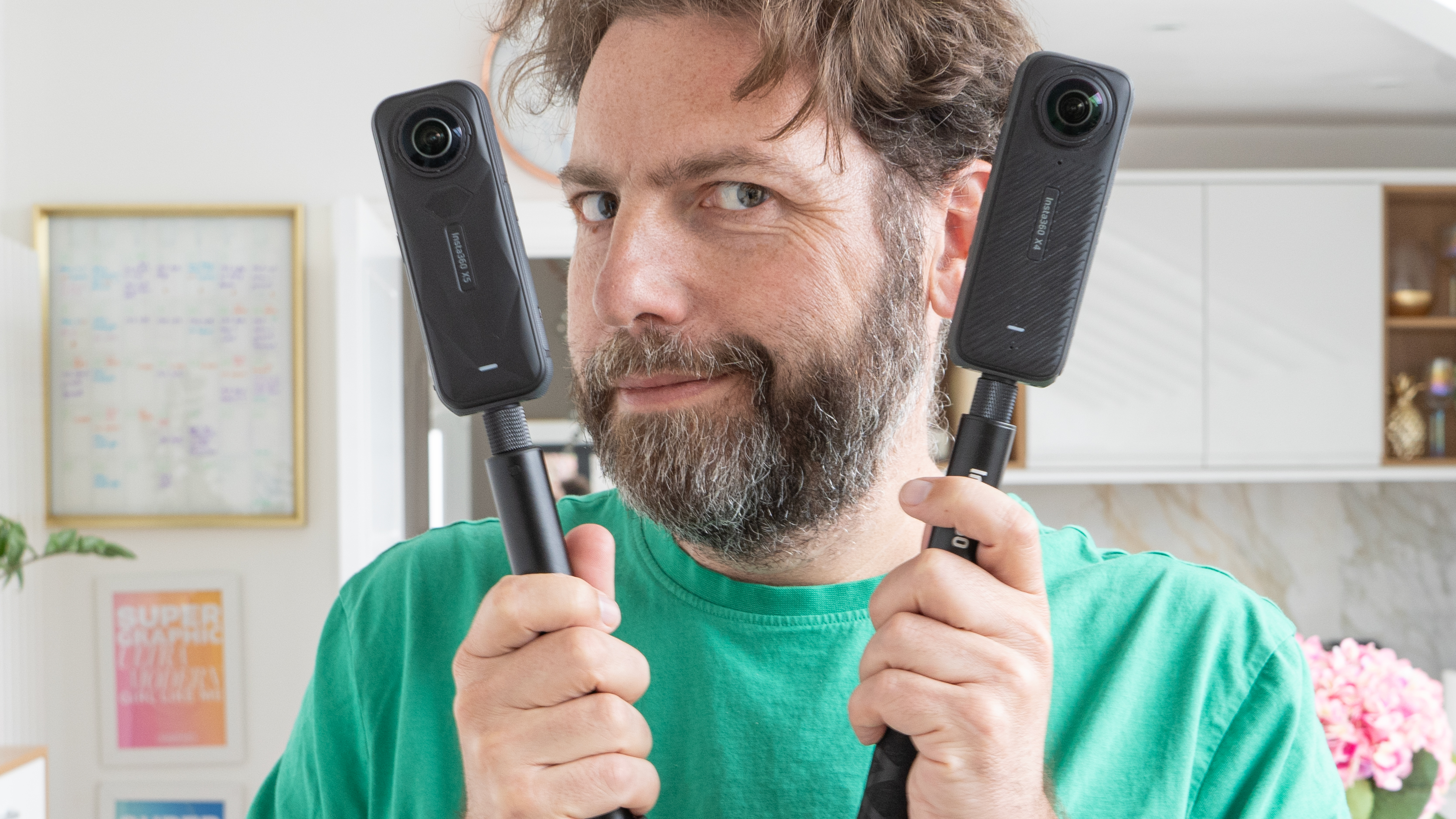
360-degree cameras are here to stay, and the biggest player – Insta360 – seems to be mostly competing with itself. Confusingly the new X5's biggest feature – 8K resolution – is the same as its immediate predecessor – the X4 – so what, if anything, is the difference?
I've owned the X4 for a year, and have been trying and testing the X5 for a long while – admittedly at first on beta software as a reviewer, but now with the full final retail package.
I've also tried and tested many of the rest of the best 360-degree cameras, including the X3, so I'll offer my thoughts on that too.
Insta360 X5 vs X4 vs X3 at a glance
| Row 0 - Cell 0 | X5 | X4 | X3 |
Sensor Size | 1/2.8-inch (144%) | 1/2-inch (100%) | 1/2-inch (100%) |
360-Video | 8K@30fps, 5.7K@60fps HDR | 8K@30fps, 5.7K@60fps | 5.7K30fps |
PureVideo Low Light | ✅ | ❌ | ❌ |
Battery Life | 180 mins | 135 mins | 81 mins |
Replaceable lenses | ✅ | ❌ | ❌ |
Lens guards | ✅ | ✅ | (glue only) |
Waterproof | 49ft / 15m | 33ft / 10m | 33ft / 10m |
Can make selfie stick invisible? | ✅ | ✅ | ✅ |
Image Stabilization | ✅ | ✅ | ✅ |
Fast Charging | ✅ | Row 10 - Cell 2 | Row 10 - Cell 3 |
Twist-to-shoot | ✅ | Row 11 - Cell 2 | Row 11 - Cell 3 |
Stills resolution | 72MP | 72MP | 72MP |
| Row 13 - Cell 0 | X5 Review | X4 Review | X3 Review |
Insta360 X5 vs X4 vs X3: Price
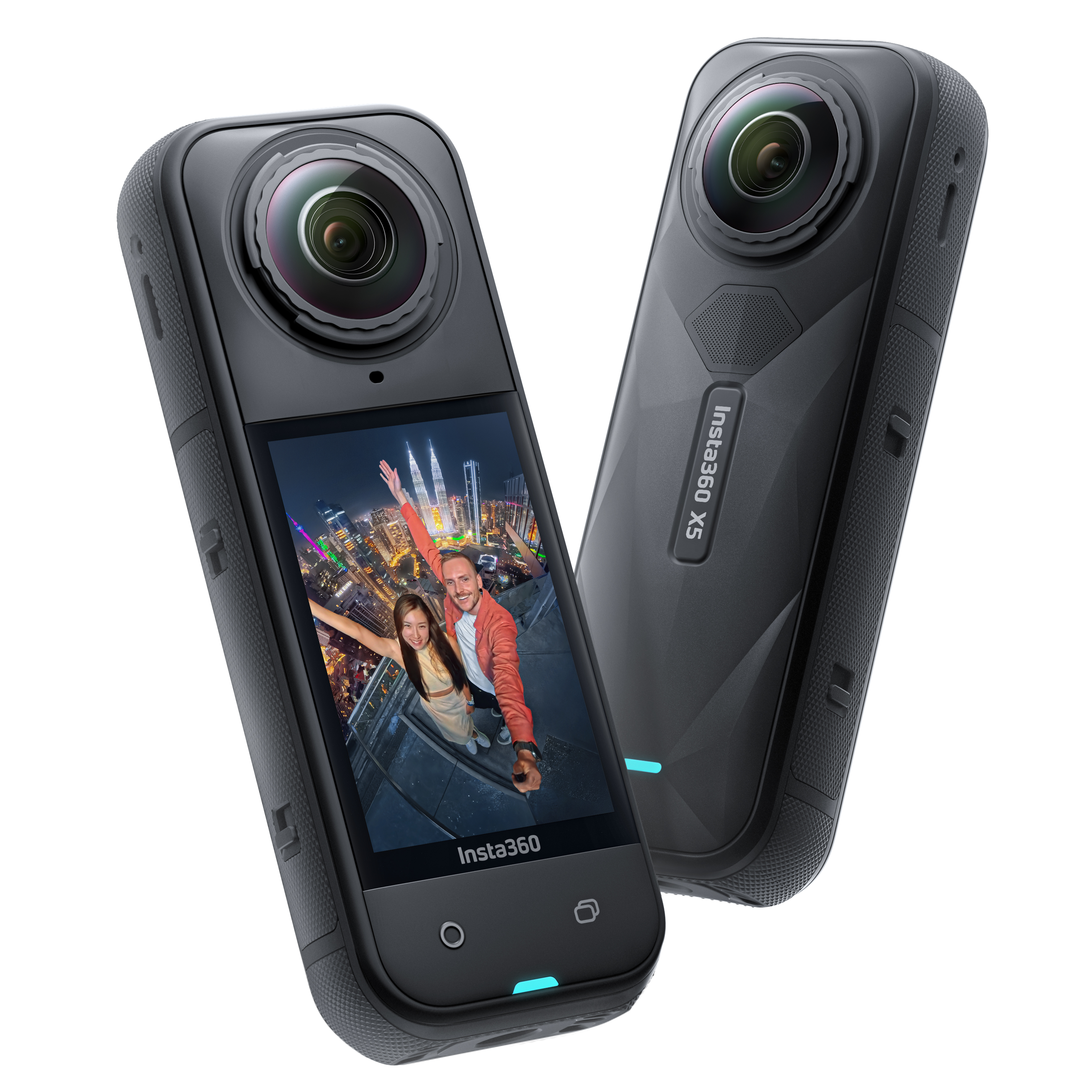
The X5 came with a price hike of $50 compared to its predecessor, plus note that the detachable lens guards are now $24.99 extra, so it's definitely the most expensive. However, with the newer image sensors, it's also the most capable of serving as your only action camera (especially if you do get those lens guards).
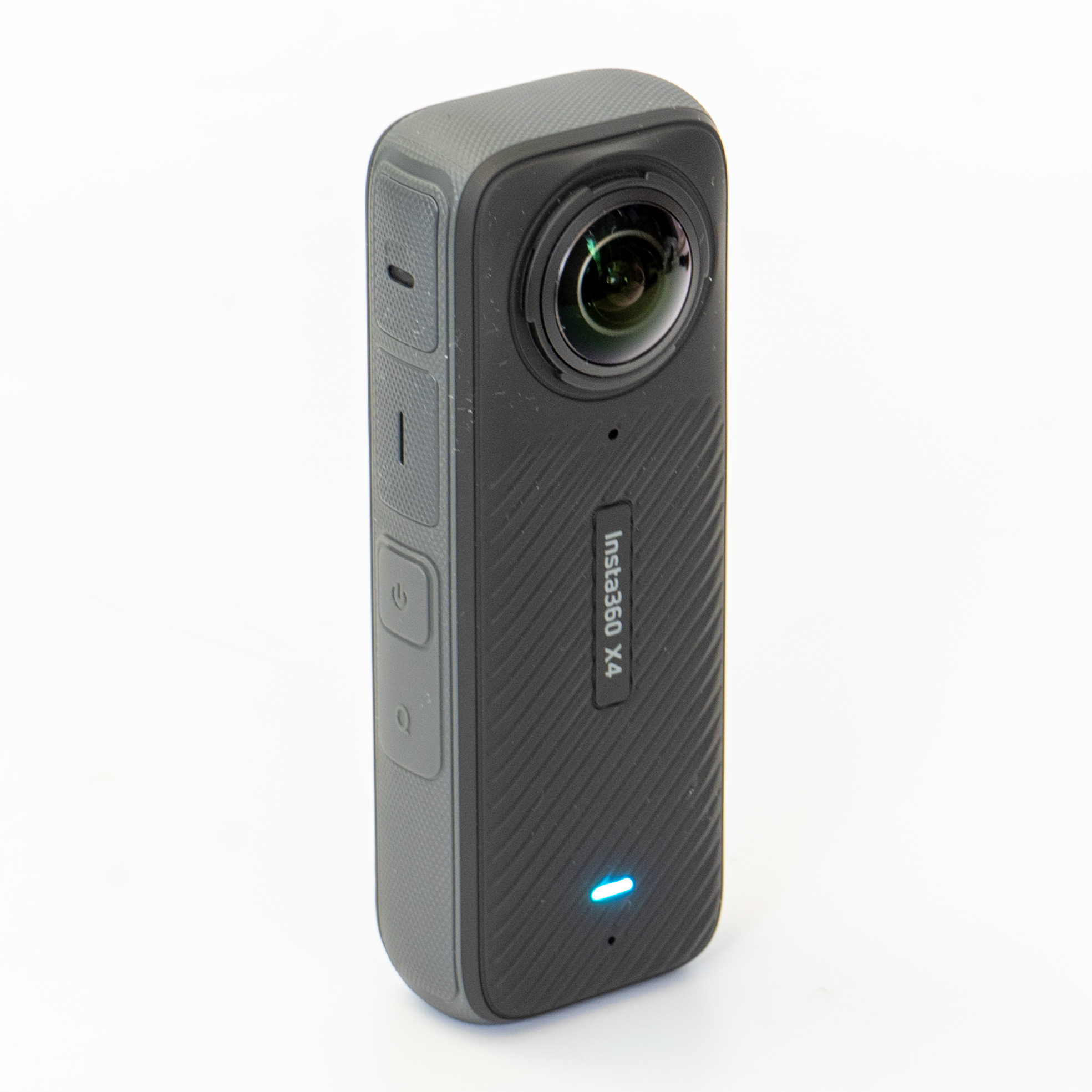
The Insta360 X4 Standard Bundle includes removable lens guards, which means that you can use the X4 with a reasonable level of roughness. The price has also taken a bit of a dip since the X5 came out – I'm seeing it for around $425 rather than the previous $500 – which now looks like good value for an 8K 360-degree camera!

The X3 is now sometimes available for not much more than half the price of the X5, but offers most of the capabilities, especially if you're just looking for the joy of 360-degree imaging and aren't planning on working in low-light situations (or running the battery for too long). You'll have a bit spare for accessories like the invisible selfie stick!
Insta360 X5 vs X4: Image Quality
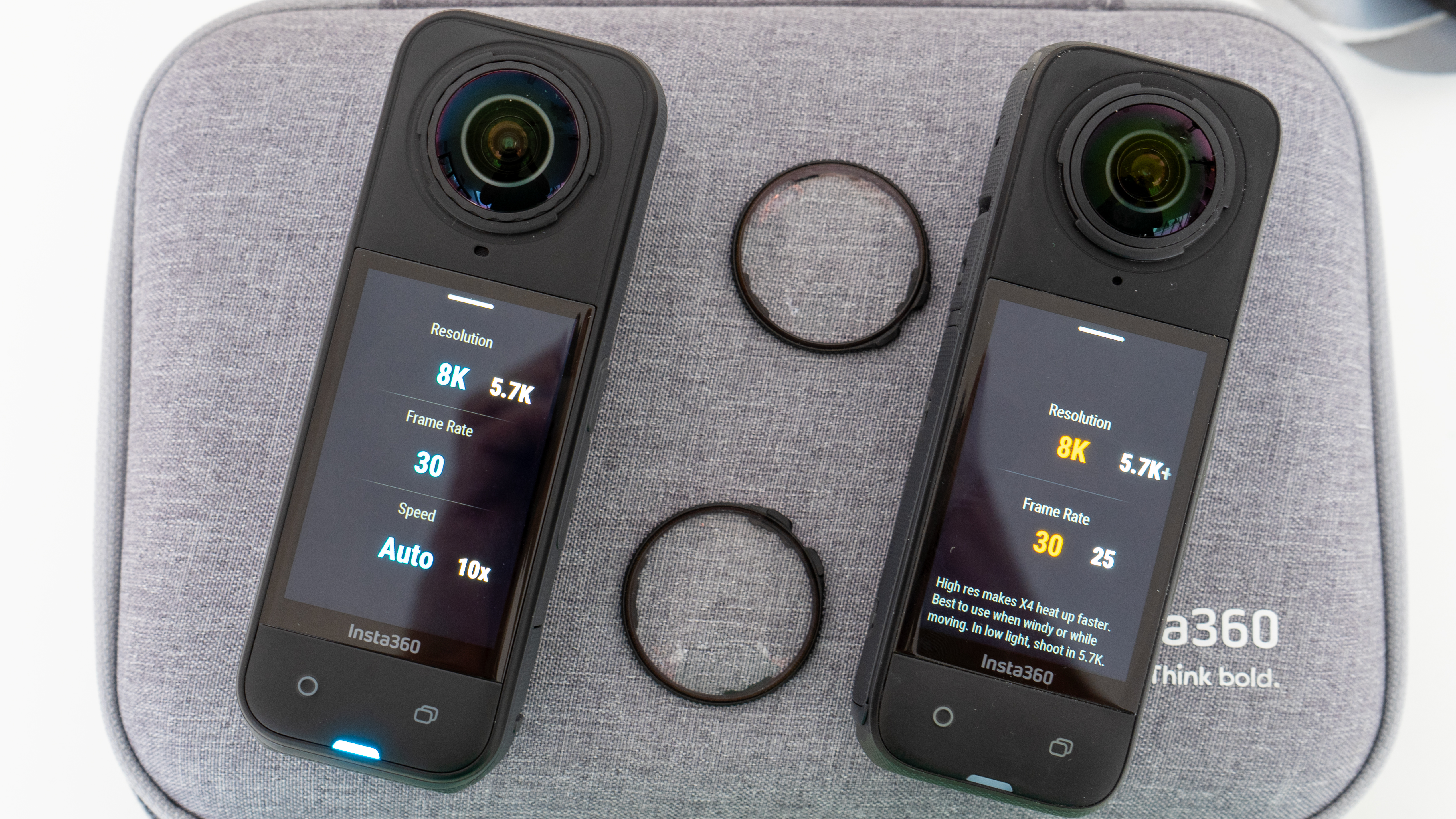
The key resolution figures are the same, but in reality the cameras are significantly different because the X5 boasts two key improvements which I found very noticeable in everyday use – the 144% bigger 1/2.8-inch image sensors pick up a lot more detail in lower light and, in general, the image looks better.
8K 360-degree video is already about as good as it comes in the consumer market, and comfortably ahead of the 5.7K that the GoPro Max can manage. In terms of stills, the 72 megapixels is ideal most of the time.
The X3 is the serious laggard here, limited to a maximum of 5.7K, which does look worse, but still catches the action, especially if you like to stick to wide-angle and 'small world' shots.
Insta360 X5 vs X4: Durability
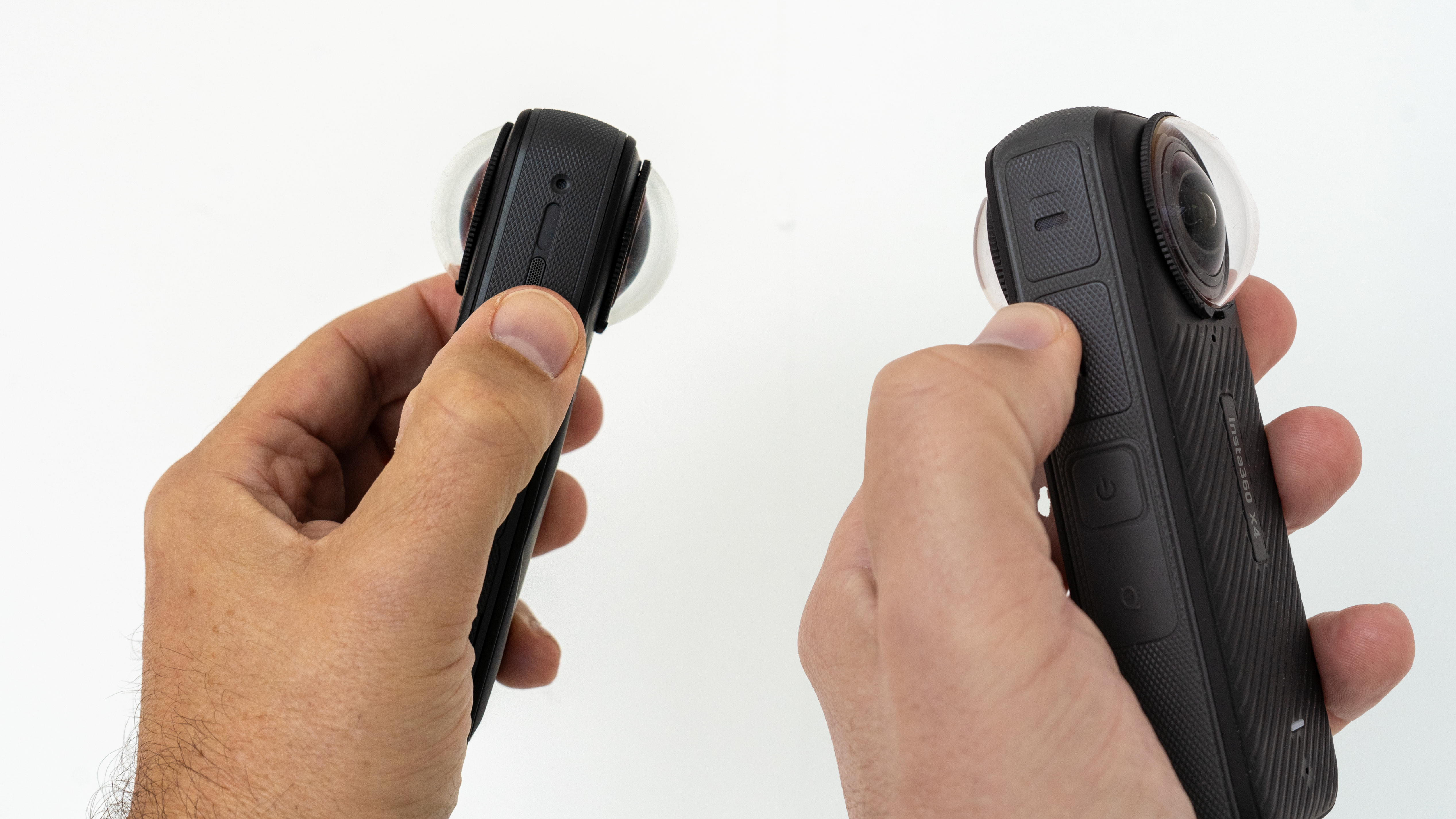
The X5 is a more durable device in several respects. Firstly, you can replace the actual lenses if you damage them, though the optional removable lens guards ($24.99) mean that you shouldn't have to do that. This is new with the X5 – any damage to the older lenses meant returning your camera for a costly repair.
The IP68 waterproofing has also been boosted to 15m / 49ft from the X4's 10m / 33ft, meaning you can go further underwater without buying a dive case.
The X5 also has a bit of an advantage because it has a replaceable microphone cover (and recorded sound is better too, though the AI may play a part in that).
However, the X4 includes removable Standard Lens Guards in the box, which does improve value, and they're conceptually identical to the ones X5 users need to pay extra for!
In this area, the X3 is some way behind – it is waterproof to 10m, but the only way to fit lens guards is to glue them on. This is not ideal as they do compromise image quality. That said, I was still able to take the X3 out on vacation several times just with the travel case and get plenty of cool 360-degree videos and pics, so as a baseline standard it's not as vulnerable as you might imagine!
Insta360 X5 v X4: Usability
In my experience, both cameras are very similar because they are arranged the same way, but the X5 edges this in a few ways. For one thing, it's noticeably quicker (Insta360 say 140%) than the X4.
The touch screens offer a lot of functionality, which means you'll find it easy to explore the device's capabilities at your leisure. Or, of course, there is the app remote control.
The simple improvements, like the rotate gesture to start recording, do make the X5 better to use, but it's an incremental improvement, so I definitely wouldn't upgrade for this alone.

One very useful feature on the X5 that can save a lot of time for those that find editing 360-degree video to other formats a time sink is 'InstaFrame'. This lets you define a frame – say 16:9 or Portrait format for social – and highlight a person to track as you shoot.
The camera can then record a (5.7K) 360-degree video AND a pre-cropped video which will use AI to keep your selected person in the center of the image.
Insta360 X5 v X4: Mounting

A clear win for the X5 here.
Insta360 X5 v X4: Battery
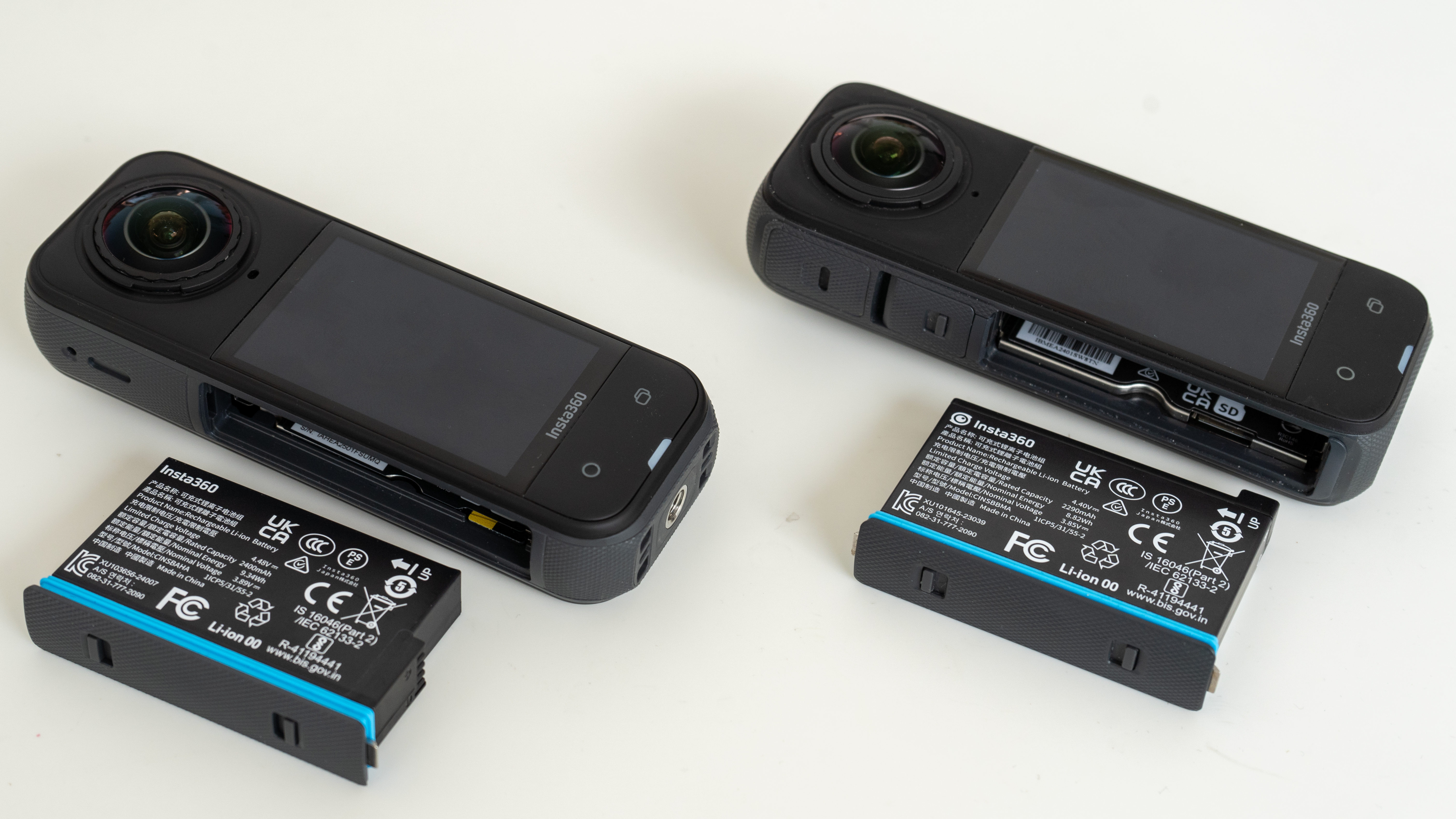
Battery life is better, but perhaps not as much better as the stats suggest. Heavy users will still be a lot happier with a spare even with the new X5, and it's worth noting that the endurance mode is 5.7K rather than 8K.
It's also true that even the X5 does feel physically warmer after shooting in 8K for a time.
One thing that is notable is that the X5 seems to be learning from the world of phones with faster charging, though whether this is as significant in reality as the stats is a moot point. All this feels incremental and while it is undoubtedly better, is definitely not enough to warrant an upgrade in one go for me at least (though a heavy user of the X3 would certainly spot the difference in battery life).
You might also like
Check my full guide to the best 360-degree cameras, or, if you prefer keeping things flat, why not look at the guide to the best action cameras?
Please read my full Insta360 X5 review and Insta360 X4 review for sample images.
Get the Digital Camera World Newsletter
The best camera deals, reviews, product advice, and unmissable photography news, direct to your inbox!

With over 20 years of expertise as a tech journalist, Adam brings a wealth of knowledge across a vast number of product categories, including timelapse cameras, home security cameras, NVR cameras, photography books, webcams, 3D printers and 3D scanners, borescopes, radar detectors… and, above all, drones.
Adam is our resident expert on all aspects of camera drones and drone photography, from buying guides on the best choices for aerial photographers of all ability levels to the latest rules and regulations on piloting drones.
He is the author of a number of books including The Complete Guide to Drones, The Smart Smart Home Handbook, 101 Tips for DSLR Video and The Drone Pilot's Handbook.